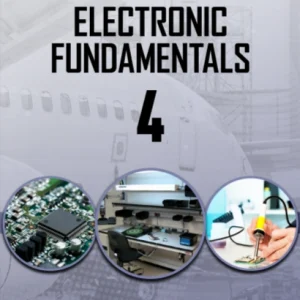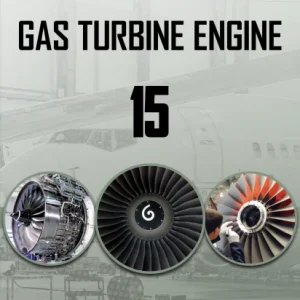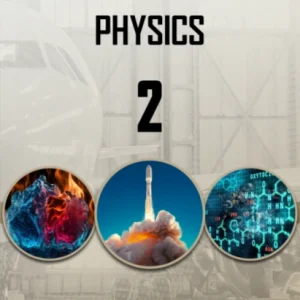Descriere
Many of the significant advancements in aerospace vehicles have been facilitated by advancements in propulsion.
Propulsion means pushing forward an object. A propulsion system is a machine that produces thrust to push an object forward. On airplanes, thrust is usually generated through some application of Newton’s third law of action and reaction, and facilitated by Newton’s second law, active on the engine body. A gas, or working fluid, is accelerated by the engine, and the reaction to this acceleration produces a force on the engine. But it is not only the jet coming out at the exhaust that creates thrust, but the entire body of the engine participates in creation of thrust.
Some aircrafts like fighter planes require very high excess thrust to accelerate quickly and to overcome the high drag associated with high speeds.
This course helps you understand basic construction and working operation of turbojet, turbofan, turboshaft and turboprop engines and acquire knowledge of electronic engine control, engine indicating systems and ignition systems.
During the last 60 years, the development of gas turbine engines as propulsion systems for aircraft has been very fast.
This evolution is illustrated by the advancement from propeller-driven aircraft to jet powered aircraft. Advancements in rocket propulsion have enabled us to launch vehicles into Earth orbit, to the Moon and other planets. And this could be just the beginning.






Recenzii
Nu există recenzii până acum.